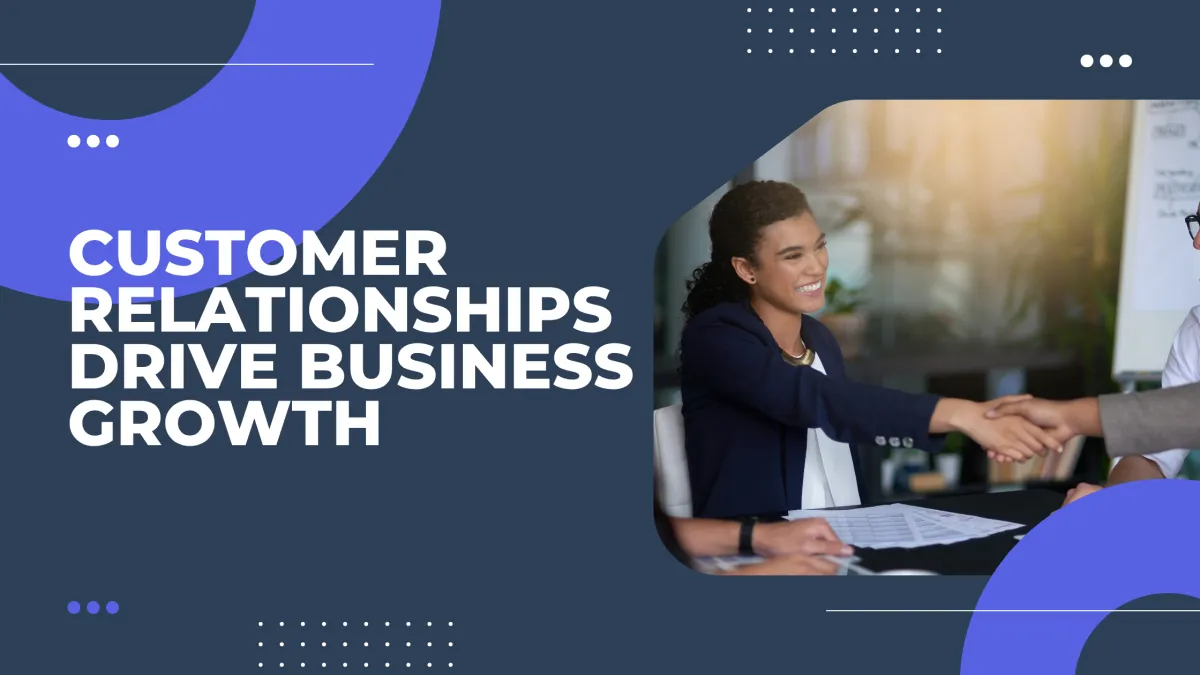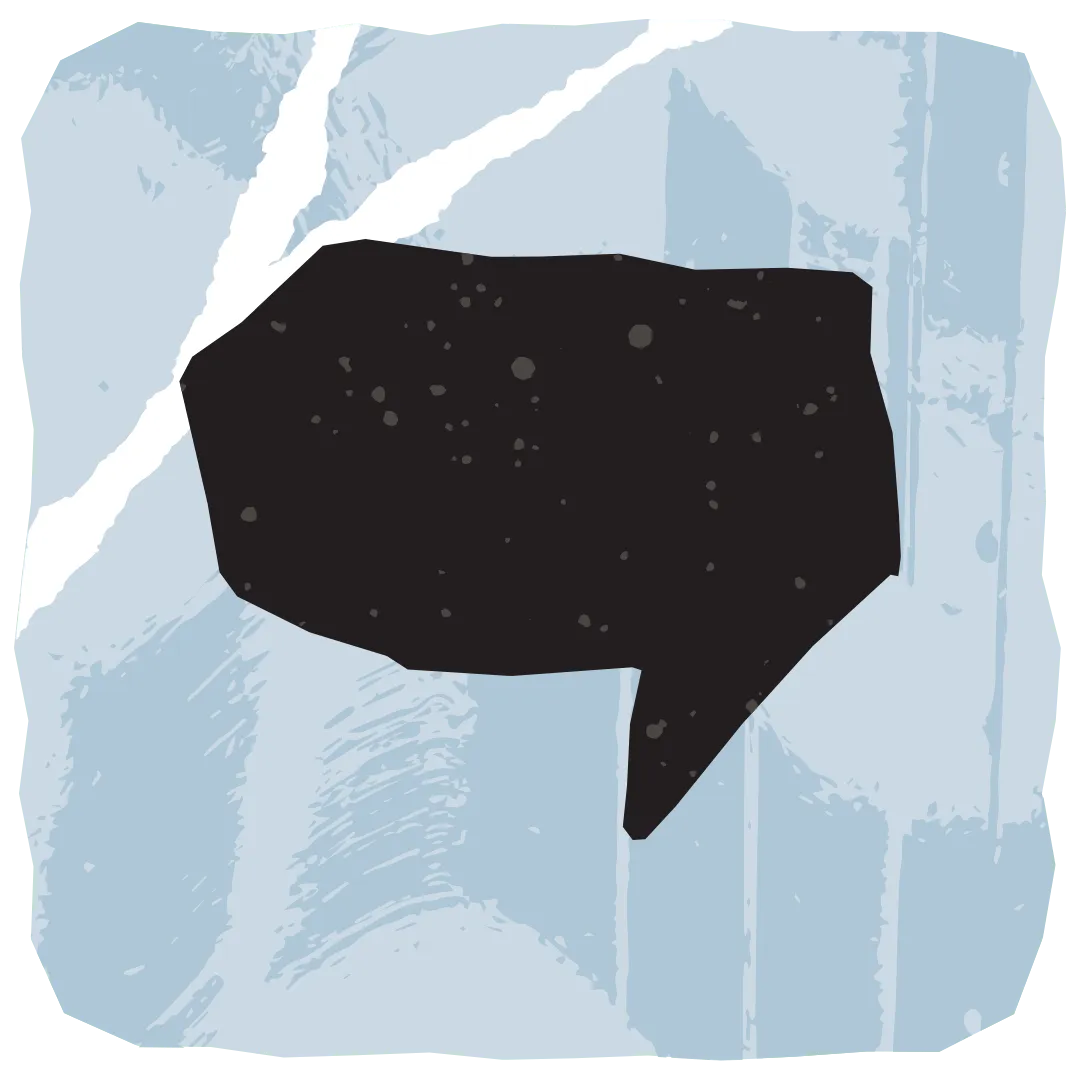
Customer Relationships Drive Business Growth
Customer Relationships Drive Business Growth
Customer lifetime value optimization has emerged as the critical success factor for business growth, with companies focusing on CLV achieving 10-20% revenue uplift and superior retention rates compared to acquisition-focused competitors. McKinsey research reveals that organizations prioritizing customer relationships through personalization, loyalty programs, and retention strategies generate 40% more revenue than their slower-growing counterparts, while simultaneously reducing customer acquisition costs by up to 50%.
The business case is compelling: acquiring new customers costs 5-25 times more than retaining existing ones, yet 65% of business revenue comes from existing customers who spend 67% more than first-time buyers. A mere 5% improvement in customer retention can boost profits by 25-95%, making customer relationship optimization not just a growth strategy but a financial imperative for sustainable business success.
Customer lifetime value creates measurable competitive advantages
Seventy-six percent of companies consider CLV an important metric, though only 42% feel equipped to measure it correctly according to 2024 Gartner research. This measurement gap represents a massive opportunity, as companies that successfully implement CLV optimization programs achieve remarkable results across multiple business metrics.
McKinsey's CustomerOne approach delivers consistent 10-20% revenue uplift through systematic CLV optimization, while customer success strategies that improve CLV result in 10-15% revenue increases and 20-30% increases in customer lifetime value itself. The telecommunications industry provides a compelling case study: one company achieved an 18% revenue increase and prevented $110 million in annual credit losses through CLV-driven early intervention programs.
Personalization strategies that enhance CLV drive an additional 10-15% revenue lift, with fast-growing companies generating 40% more revenue from personalization than slower competitors. Salesforce Marketing Cloud yields 299% ROI over three years, driving over $5 million in increased incremental revenue across channels while improving site conversion rates by 60% and average order value by 35%.
The technology investment creates cascading benefits: AI-powered CLV optimization saves companies tens of millions of dollars annually in advertising costs, while businesses using automation tools to manage leads see 10%+ increases in revenue within 6-9 months.
White-label reselling accelerates agency growth without development costs
The global SaaS market reached $266.23 billion in 2024 and is projected to reach $1.13 trillion by 2032, creating unprecedented opportunities for agencies to scale through white-label solutions. Agencies using white-label solutions report 20-30% increases in annual revenue while achieving 60% faster scaling compared to traditional agencies.
The financial benefits are substantial: white-label solutions eliminate the need for in-house specialists, saving agencies $70,000-85,000+ annually per specialist while enabling immediate access to specialized expertise. Hard Rock Media scaled from startup to $1+ million revenue in two years using white-label services, demonstrating the growth acceleration possible through strategic partnerships.
Seventy-five percent of web and cloud-based businesses use white-label solutions according to Statista, with agencies reporting 30-40% higher client retention rates when offering comprehensive services through white-label partnerships. The cost structure advantages are clear: variable costs scaling with revenue versus fixed salary expenses, plus reduced development risks and faster market validation.
White Label Suite exemplifies the market opportunity, offering AI-powered lead intelligence with unlimited reseller licenses for $4,997 annually. The platform enables agencies to create new profit centers through credit re-billing systems while maintaining complete brand control through custom logos, colors, and domains.
Customer retention outperforms acquisition across all key metrics
Customer retention rates vary dramatically by industry, from media and professional services achieving 84% retention to hospitality struggling with 55% rates. However, the top-performing companies across all sectors achieve 94% retention rates, demonstrating that excellence is achievable regardless of industry challenges.
Loyalty program effectiveness drives substantial business value, with 83-90% of program owners reporting positive ROI and average returns of 4.8x investment according to Antavo's 2024 Global Customer Loyalty Report. Members who redeem rewards spend 3.1 times more than non-redeeming members, while those redeeming personalized rewards spend 4.3 times more than those receiving generic rewards.
Consumer participation in loyalty programs has reached new heights, with the average person belonging to 16.7-19 programs. Fifty-three percent of consumers now pay for loyalty program participation, tripling from 17% in 2021, indicating strong willingness to invest in valuable relationships. Top-performing loyalty programs boost revenue by 15-25% annually, while members generate 12-18% more incremental revenue growth per year than non-members.
The retention investment case is clear: 67% of companies plan to increase retention investment during economic uncertainty versus only 31% for acquisition, recognizing the superior ROI and reduced risk of customer-focused strategies.
Referral programs generate exceptional returns through social proof
Word-of-mouth marketing drives $6 trillion in annual global consumer spending and is responsible for 13% of all consumer sales globally. Ninety-two percent of consumers trust recommendations from friends and family over all forms of advertising, making referral programs 2-10 times more effective than paid ads across industries.
Global average referral rates reach 2.35%, with top performers like Farm Hounds achieving 22.25% referral rates and generating $600,000+ in referral sales. Software and digital goods lead industry performance with 3.35% referral rates, followed by food and beverage at 2.6%. Eighty-six percent of businesses with structured referral programs experienced revenue growth within two years.
Referred customers deliver superior long-term value: they show 37% higher retention rates, 16% higher lifetime value, and are 4 times more likely to refer others, creating a powerful multiplier effect. Customer acquisition costs are $23.12 lower for referred customers, while they generate 25% higher profit margins compared to other acquisition channels.
The B2B impact is particularly strong: 84% of B2B decision makers start their buying process with a referral, and 82% of B2B sales leaders consider referrals their most effective lead source. Eighty-five percent of small businesses cite word-of-mouth referrals as their primary method for prospect discovery.
Upselling and cross-selling maximize existing customer value
Selling to existing customers achieves 60-70% success rates compared to only 5-20% for new prospects, making upselling and cross-selling essential revenue strategies. Seventy-two percent of salespeople report revenue growth from these tactics, with effective implementation resulting in 42% more revenue and 20-40% boosts in customer lifetime value.
Amazon attributes up to 35% of revenue to cross-selling strategies, while companies implementing cross-selling effectively see 10-30% increases in average order value. SaaS companies report 44% getting 10% extra revenue from upsells and cross-sells, though 37% of salespeople still avoid these tactics, indicating significant untapped opportunity.
Cross-selling can be 20 times more effective than upselling for revenue growth, with brands using cross-selling tactics achieving 20% increases in profit. HubSpot survey data shows 21% of company revenues come from cross-selling among 1,400 salespeople surveyed, while 70% of in-store shoppers make unplanned purchases due to cross-selling efforts.
The success factors are clear: personalized recommendations can increase revenue by up to 300% and conversion rates by 150%, while AI-powered recommendation systems show 35% conversion improvements according to McKinsey research.
Personalization transforms customer experience and business performance
Personalization reduces customer acquisition costs by up to 50% while increasing revenues by 5-15% and boosting marketing ROI by 10-30% according to McKinsey research. Seventy-one percent of consumers expect personalized experiences, yet 76% get frustrated when personalization is absent, creating a significant competitive opportunity.
Companies excelling at personalization could unlock over $1 trillion in value across US industries, with fast-growing companies generating 40% more revenue from personalization strategies. Eighty percent of businesses report increased consumer spending averaging 38% more with personalized experiences, while 65% of customers stay loyal when companies offer personalized experiences.
Marketers now allocate 40% of budgets to personalization, nearly double the 22% in 2023, with 69% of businesses expanding personalization investments despite economic uncertainty. Ninety-five percent of senior marketers consider their personalization strategies successful, though implementation challenges remain significant.
The technology impact is substantial: AI-driven personalization cuts acquisition costs by up to 20%, while companies using behavioral triggers and dynamic content see significant improvements in automated marketing response rates and website engagement.
Cost efficiency demands retention-focused strategies
The stark economics favor retention: customer acquisition costs have increased 222% over eight years, with the average cost rising from $9 to $29 per new customer. Healthcare industries face CAC ranges of $600-$1,200, while SaaS averages $702, making retention strategies financially essential for sustainable growth.
Customer retention costs are 5-25 times lower than acquisition, with existing customers showing 60-70% purchase probability versus 5-20% for new prospects. Existing customers spend 31% more than new prospects and are 50% more likely to try new products, while loyal customers spend 67% more than new ones.
The profit impact is substantial: a 5% improvement in customer retention increases profits by 25-95%, while programs targeting regular customers show 3x higher ROI than mass promotions. Sixty-five percent of business revenue comes from existing customers, yet only 16% of companies focus primarily on retention versus 44% focusing on acquisition.
Companies using customer success strategies show 26% higher retention rates and 14% higher referral rates, while increasing customer retention by just 5% can boost profits by 25-95% according to Bain & Company research.
Conclusion
The data reveals a fundamental shift in business strategy requirements for 2024-2025. Customer relationship optimization through CLV focus, personalization, retention programs, and referral systems delivers measurable competitive advantages that far exceed traditional acquisition-focused approaches. Companies prioritizing customer lifetime value achieve 40% more revenue growth while reducing costs and improving profitability across all key metrics.
The convergence of technology capabilities, consumer expectations, and economic pressures creates unprecedented opportunities for businesses to scale through customer-centric strategies. White-label solutions enable rapid capability expansion, while loyalty programs, referral systems, and personalization technologies provide the infrastructure for sustainable competitive advantage.
Success requires strategic resource allocation toward retention and relationship building, with 5-25x cost advantages making customer-focused investments not just preferable but essential for long-term business sustainability and growth.
Copyright 2025 | White Label Suite | Terms & Conditions

Ready to scale your agency? White-label and resell White Label Suite to your clients.
"Use It. Brand It. Sell It."

4.9/5 | 2,500+ happy agencies worldwide
Features
Contact
General Inquiries
Contact Support
Office Hours: 8 am - 6pm EST Monday - Friday





Facebook
Instagram
X
LinkedIn
Youtube